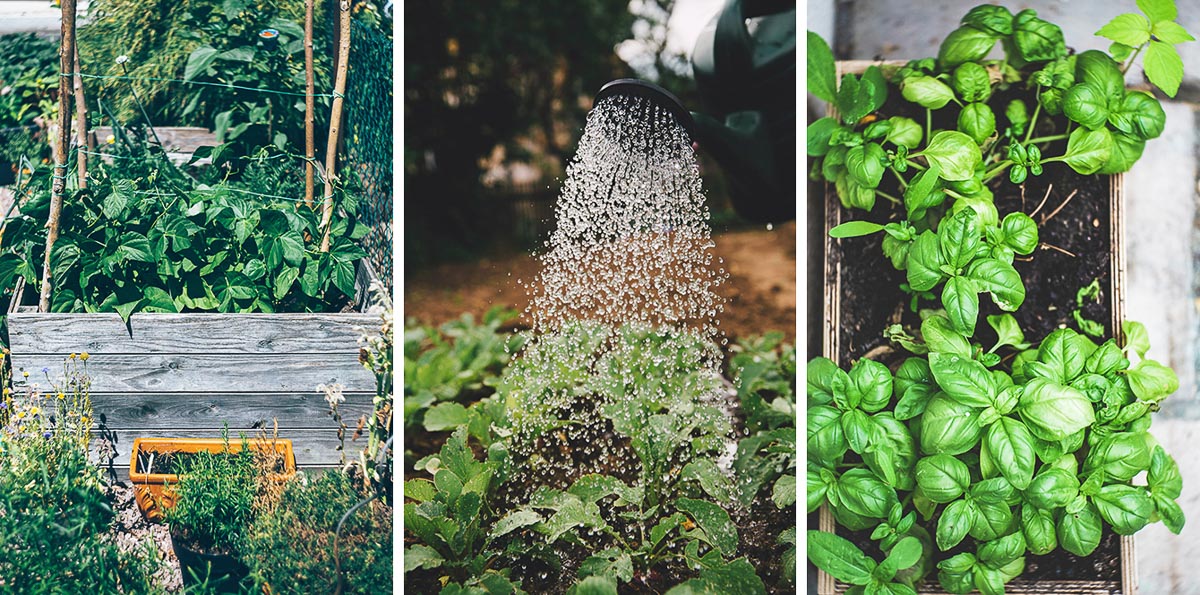Facts About City Blooming Revealed
Facts About City Blooming Revealed
Blog Article
See This Report on City Blooming
Table of ContentsNot known Details About City Blooming City Blooming for BeginnersAn Unbiased View of City BloomingIndicators on City Blooming You Need To KnowThe Single Strategy To Use For City Blooming
Intrigued in growing food for sale in the City of Chicago? Below is a checklist of often asked inquiries regarding the regulations and regulations that cultivators must take into consideration when planning a city farming project.
The zoning modification does not modify any type of other codes handling composting, building licenses, acquiring or leasing City had residential property, business licenses or ecological contamination. There are existing codes that control these issues and they continue to be in complete result and may be suitable to your task. Neighborhood yards are normally owned or managed by public entities, public companies or community-based companies and kept by volunteers.
Urban ranches expand food that is meant to be sold, either on a not-for-profit or for-profit basis. Due to their business purpose, metropolitan ranches need an organization permit.
City Blooming for Dummies
The amount of garden compost product can not exceed 25 cubic yards at any type of provided time according to the criteria in 7-28-715 of the City's Municipal Code. Due to the fact that the soil at a lot of new yard sites requires amending, compost, soil, timber chips, or various other materials can be acquired to construct or boost the expanding room.

If a structure authorization is called for after that the hoophouse will certainly be thought about an accessory building. You can learn even more concerning the structure permit needs by contacting the Department of Structures. The 25,000-square-foot dimension restriction is meant to stop a single neighborhood garden from dominating a provided block or taking away from the block's existing domestic or commercial personality.
The limit does not apply to yards found in Public Open Room (POS) areas. Can there be even more than one neighborhood yard that is 25,000 square feet on a single block? Fencing is not required, nevertheless, yards that have large car parking areas may be needed to install fence or various other landscape design functions.
The Basic Principles Of City Blooming
B1 & B2 districts call for that check here all business usage tasks be performed inside your home. Is fence required for metropolitan farms? Fencings may be needed, along with landscape design and screening, for particular parking locations and exterior work or storage space locations depending on location and the particular activity taking place.
Yes. Urban farms require building authorizations and zoning approvals prior to building. Other forms of city evaluation might be needed depending upon certain frameworks, activities, size, landscaping, licensing, public heath and stormwater monitoring problems. Numerous of these demands are recognized in the project style or permitting procedure, nevertheless, the candidate might be liable to independently determine particular licenses or allows that may be called for.
Yes. The type of permit is figured out by what is happening at the website. The Department of Service Affairs and Customer Security can help establish the details sort of organization permit that's needed. Yes. Off road vehicle parking is required for most business projects in Chicago. The called for number of parking rooms is based on the variety of staff members working on site and not the square video of the expanding area.
The Buzz on City Blooming

Yes. A city ranch can sell compost product created on site, nonetheless, the procedure should abide by the guidelines in 7-28-715 of the Chicago Municipal Code. Yes. Aquaponic systems are permitted indoors on urban ranches in numerous zoning districts. Nonetheless, a zoning evaluation and building authorization is called for in order to install frameworks or systems and a service permit is called for as explained over.
Approximately five hives or swarms of honey bees might be kept as an accessory use. Beekeepers have to register with the Illinois Department of Farming. For even more details concerning the recommended zoning change you might speak to the Department of Real Estate and Economic Development, Bureau of Preparation and Zoning at 312.744.8563.
Farming in cities and urban areas A metropolitan ranch in Chicago. Urban farming describes numerous techniques of cultivating. https://danielnold94107.wixsite.com/my-site-1/post/city-gardening-a-green-oasis-in-urban-spaces, processing, and distributing food in city areas. The term also puts on the location tasks of pet husbandry, aquaculture, beekeeping, and horticulture in an urban context. Urban agriculture is distinguished from peri-urban agriculture, which occurs in backwoods beside suburbs.
The 5-Minute Rule for City Blooming
, who seek to form social networks started on a common principles of nature and community holism. These networks can create by method of formal institutional assistance, coming to be incorporated into local community planning as a "change community" activity for lasting city advancement.
In either case, the a lot more straight access to fresh vegetable, fruit, and meat products that might be become aware with urban agriculture can boost food safety and food security while reducing food miles, causing lower greenhouse gas discharges, consequently adding to climate change reduction. Several of the first evidence of metropolitan farming comes from Mesopotamia.
Report this page